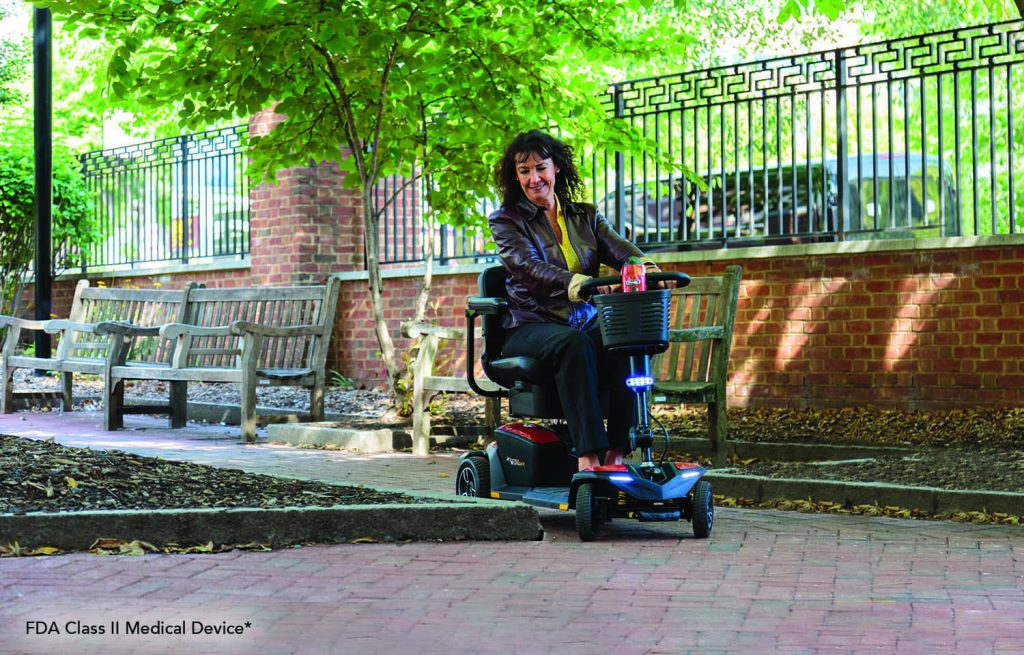Staying active is essential for maintaining physical and mental health, and this is equally true for wheelchair users. Regular exercise can improve strength, flexibility, and cardiovascular health while also boosting mood and reducing stress. However, finding the right wheelchair-friendly exercises can sometimes feel challenging.
As a certified occupational therapist, I’ve worked with many wheelchair users to develop safe, effective, and enjoyable exercise routines tailored to their unique needs. In this guide, I’ll share a variety of exercises to help you stay active and maintain your overall well-being, all from the comfort of your wheelchair.
Why Exercise is Important for Wheelchair Users
Exercise offers a wealth of benefits for wheelchair users, including:
- Improved Strength and Mobility: Strengthening muscles makes daily tasks and wheelchair maneuvers easier.
- Enhanced Circulation: Regular movement reduces the risk of blood clots and improves overall circulation.
- Reduced Risk of Pressure Sores: Activity helps distribute pressure and reduces the likelihood of skin breakdown.
- Boosted Mental Health: Physical activity is known to release endorphins, lifting mood and reducing anxiety.
Whether you’re looking to build strength,
As a certified occupational therapist, I’ve worked with many wheelchair users to develop safe, effective, and enjoyable exercise routines tailored to their unique needs. In this guide, I’ll share a variety of exercises to help you stay active and maintain your overall well-being, all from the comfort of your wheelchair.
1. Warm-Up: Prepare Your Body for Movement
Before diving into exercise, take a few minutes to warm up. Warming up helps increase blood flow, loosen muscles, and prevent injury.
Warm-Up Routine:
- Shoulder Rolls: Slowly roll your shoulders forward and backward, 10 times in each direction.
- Neck Stretches: Tilt your head gently from side to side, holding each position for 5 seconds.
- Seated Marches: Lift your knees alternately as if marching in place, for about 1 minute.
2. Strength-Building Exercises
Building strength improves your ability to perform daily activities and enhances wheelchair control.
a. Seated Push-Ups
- How to Do It:
- Place your hands on the armrests or sides of your wheelchair.
- Push yourself upward slightly, lifting your body off the seat.
- Hold for a few seconds, then lower yourself back down.
- Repetitions: 8-10 reps, 2-3 sets.
- Benefits: Strengthens arms, shoulders, and core.
b. Resistance Band Rows
-
How to Do It:
- Wrap a resistance band around a sturdy object or the back of your wheelchair.
- Hold the band handles and pull them toward your chest, squeezing your shoulder blades together.
- Slowly return to the starting position.
- Repetitions: 12-15 reps, 2-3 sets.
- Benefits: Strengthens back and arm muscles.
c. Bicep Curls
-
How to Do It:
- Hold a dumbbell or water bottle in each hand.
- Slowly curl your arms upward, keeping your elbows close to your body.
- Lower the weights back to the starting position.
- Repetitions: 12-15 reps, 2-3 sets.
- Benefits: Tones and strengthens arm muscles.
3. Cardiovascular Workouts
Cardio exercises boost heart health, improve endurance, and increase energy levels.
a. Seated Arm Circles
- How to Do It:
- Extend your arms outward at shoulder height.
- Make small circles with your arms, gradually increasing the size of the circles.
- Reverse the direction after 30 seconds.
- Duration: 1-2 minutes.
- Benefits: Elevates heart rate and improves shoulder mobility.
b. Punching Exercises
- How to Do It:
- Sit upright and extend your fists forward as if punching.
- Alternate arms quickly, aiming for a steady rhythm.
- Add light weights for an extra challenge.
- Duration: 1-3 minutes.
- Benefits: Enhances cardiovascular health and arm strength.
c. Wheelchair Sprints
- How to Do It:
- Find a smooth, open space like a park path or gym floor.
- Propel your wheelchair forward as quickly as possible for 20-30 seconds.
- Rest for 1 minute and repeat.
- Repetitions: 5-8 sprints.
- Benefits: Builds cardiovascular endurance and strengthens arms.
4. Flexibility and Stretching
Stretching improves flexibility, reduces muscle tension, and prevents stiffness.
a. Side Stretches
- How to Do It:
- Raise one arm overhead and gently lean to the opposite side.
- Hold for 10-15 seconds, then switch sides.
- Repetitions: 2-3 per side.
- Benefits: Stretches the sides and improves spinal flexibility.
b. Chest Opener
- How to Do It:
- Sit upright and clasp your hands behind your back.
- Pull your hands downward while pushing your chest forward.
- Hold for 15-20 seconds.
- Benefits: Opens up the chest and counteracts slouching.
c. Seated Hamstring Stretch
- How to Do It:
- Extend one leg out in front of you while seated.
- Reach forward gently, keeping your back straight.
- Hold for 15-20 seconds, then switch legs.
- Benefits: Stretches the hamstrings and lower back.
5. Cool Down and Relaxation
End your routine with a cool-down to relax your muscles and gradually lower your heart rate.
Cool-Down Routine:
- Deep Breathing: Take slow, deep breaths in through your nose and out through your mouth for 1-2 minutes.
- Neck Rolls: Slowly roll your neck in a circular motion to release tension.
- Hand Stretches: Open and close your hands several times to improve circulation.
Tips for a Successful Wheelchair Exercise Routine
- Start Slow: Gradually increase the intensity and duration of your workouts to avoid injury.
- Stay Consistent: Aim for at least 3-5 exercise sessions per week for optimal results.
- Listen to Your Body: If you feel pain or discomfort, stop immediately and consult a healthcare professional.
- Hydrate and Rest: Drink plenty of water and allow time for recovery between workouts.
- Use Proper Equipment: Invest in resistance bands, light weights, and a sturdy wheelchair to enhance your routine.
FAQs
1. Can wheelchair users build muscle?
Yes! Strength-training exercises like seated push-ups and resistance band rows can effectively build muscle.
2. What if I have limited mobility in my arms?
Focus on exercises that target the areas you can move, such as gentle stretches or assisted range-of-motion exercises with a caregiver’s help.
3. Are wheelchair cardio workouts effective?
Absolutely! Exercises like wheelchair sprints and punching routines can elevate your heart rate and improve cardiovascular health.
4. Do I need special equipment for wheelchair exercises?
Basic equipment like resistance bands or light weights can enhance your workouts, but many exercises can be done with just your wheelchair.
5. How do I prevent pressure sores during exercise?
Shift your position frequently, use a properly cushioned wheelchair, and ensure proper posture to minimize pressure points.
Conclusion: Staying Active in Your Wheelchair
Staying active as a wheelchair user is not only possible but incredibly rewarding. By incorporating strength, cardio, and flexibility exercises into your routine, you can boost your health, improve your mobility, and enhance your overall quality of life.
Remember, every small effort counts, and consistency is key. Whether you’re working out at home or in a gym, these wheelchair-friendly routines can help you stay fit, strong, and empowered.






